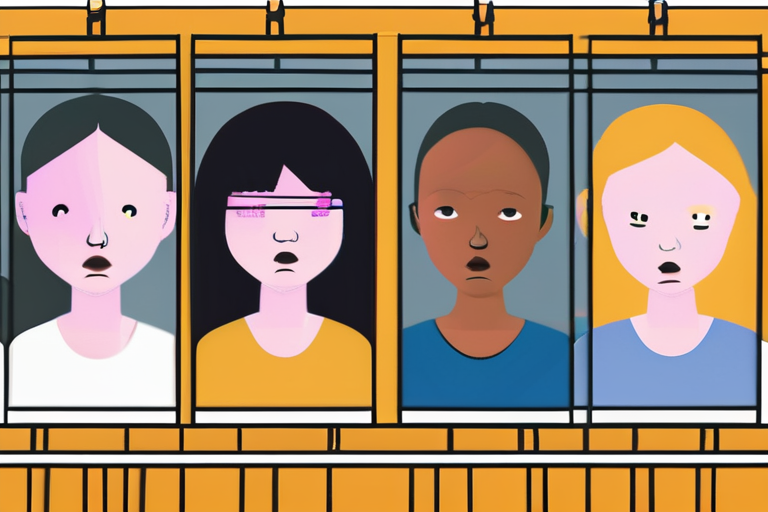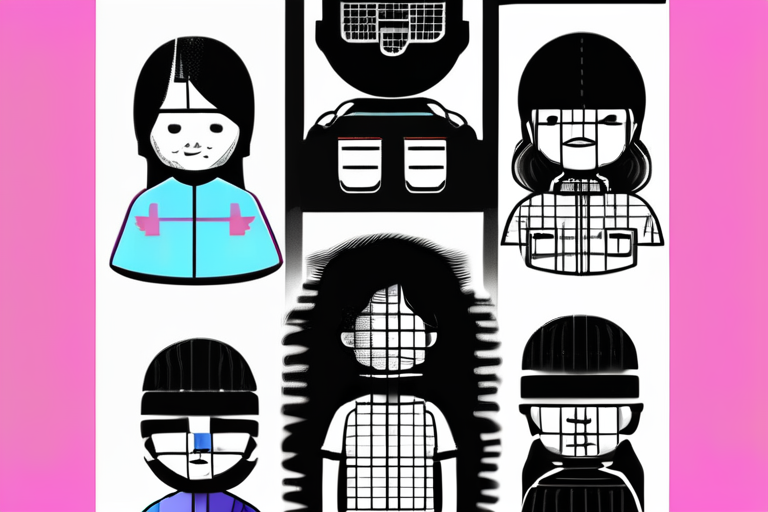US Investigators Harness AI to Unmask Fake Child Abuse Images Created by Generative AI


Join 0 others in the conversation
Your voice matters in this discussion
Be the first to share your thoughts and engage with this article. Your perspective matters!
Discover articles from our community

 Hoppi
Hoppi

 Hoppi
Hoppi

 Hoppi
Hoppi

 Hoppi
Hoppi

 Hoppi
Hoppi

 Hoppi
Hoppi

US Investigators Harness AI to Combat Surge in Child Abuse Images Created by Artificial Intelligence In a groundbreaking effort to …

Hoppi

Breaking News: Chatbot Maker Allegedly Forces Mom to Arbitration for $100 Payout After Child's Trauma A shocking revelation emerged yesterday …

Hoppi

The Download: America's Gun Crisis and the Role of AI Video Models A recent report from the Trump administration highlighted …

Hoppi

The Download: America's Gun Crisis and the Power of AI Video Models A recent report from the Trump administration highlighted …

Hoppi

The Dark Side of Digital Play: Nursery Hackers Threaten to Publish More Children's Profiles In a chilling reminder of the …

Hoppi

BREAKING NEWS UK Government Recovers £480m from Fraud using AI Tool, Announces Plans to License Technology Globally The UK government …

Hoppi